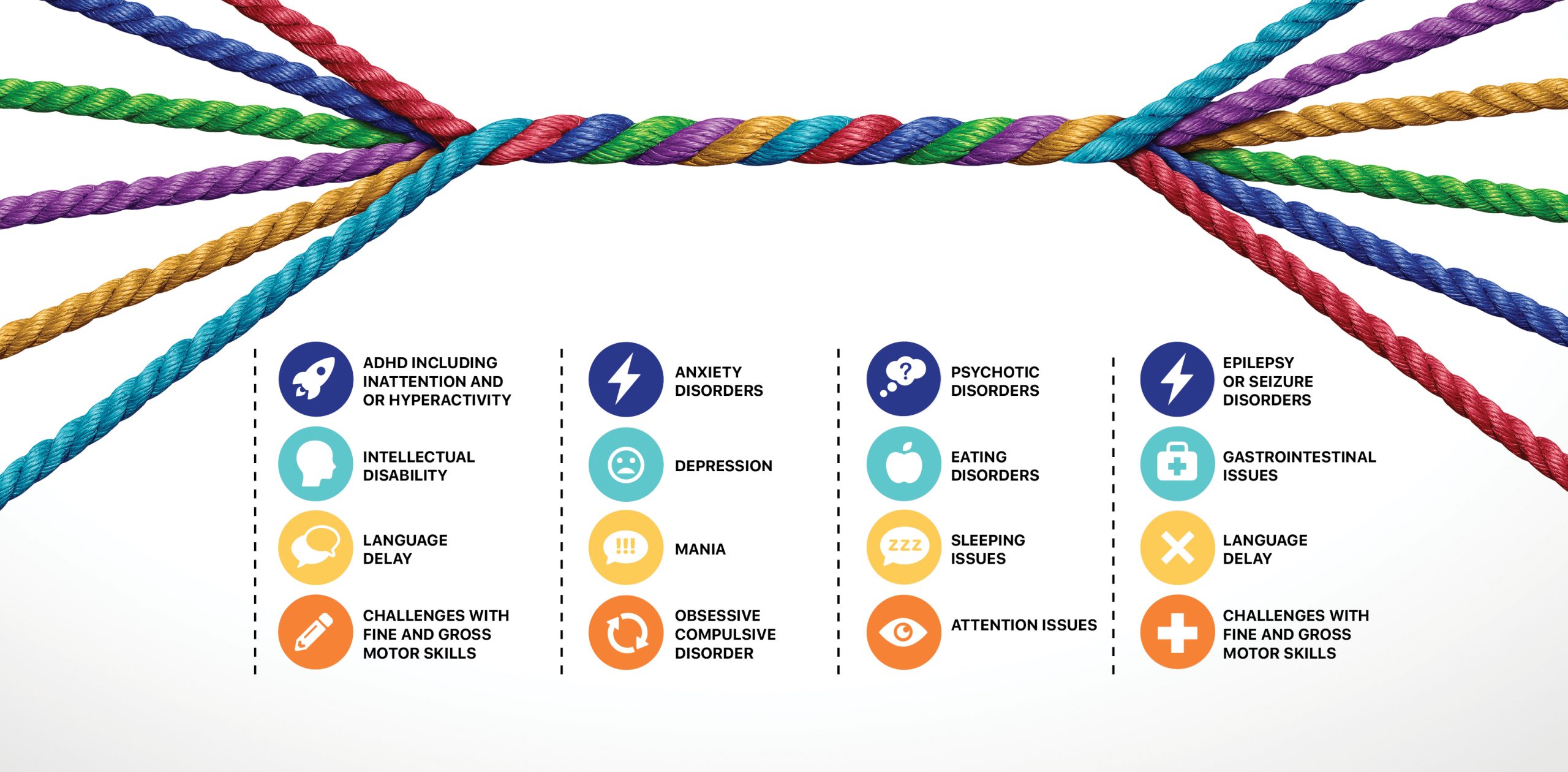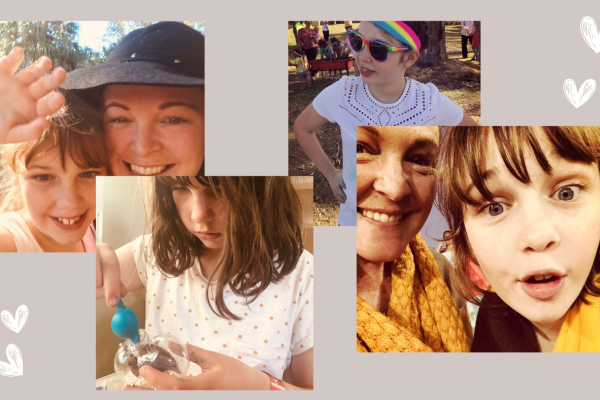
Autism and co-occurring conditions
In partnership with Autism Awareness Australia
Autistic people may also be diagnosed with another co-occurring condition. Knowing what these conditions are can help you navigate the different assessments and interventions required.
Many autistic people have other conditions that impact their life. This is called ‘comorbidity’. These co-morbid or ‘co-occurring’ conditions may not appear until adolescence or adulthood. They may also come and go throughout a person’s life.
Co-occurring conditions can be related to genetics and heritability, medical, developmental and mental health co-morbidities.
These can include:

The types of co-occurring conditions, and the effects they have, vary from one person to the next. They can exacerbate the impact of autism and affect any therapies or interventions a person is receiving. Some can have quite serious implications, so it’s crucial they be identified as early as possible and treated separately.
“Co-occurring conditions can exacerbate traits associated with autism,” says Professor Amanda Richdale.
While studies suggest having autism increases the likelihood of having a co-occurring condition, researchers still don’t know exactly why. There are likely to be factors relating to genetics, environment, and a combination of these two factors that increase risk. It is also likely that the symptoms related to many of these comorbidities overlap. More research needs to be done to fully understand the complex relationship between autism and other issues.
WHY CAN CO-OCCURRING CONDITIONS BE DIFFICULT TO IDENTIFY?
It can be difficult diagnosing both autism or a co-occurring condition because the traits of one can mask the other, or make them difficult to assess. It is also common that services that specialise in one domain (e.g. diagnosis of autism) may not specialise in other domains (sleep or mental health concerns) and this means that different comorbidities may be identified depending on the expertise of the assessing clinician.
For example, a non-speaking person may not be able to effectively communicate feelings of depression or anxiety, and pain from gastrointestinal issues may be misinterpreted as a sensory overload. It can sometimes be hard for specialists to determine the cause of a symptom, and if it is related to autism or a separate condition.
Likewise, some traits that are similar to autistic ones can impede an accurate autism diagnosis. For example, a child may be diagnosed with a language delay when they are actually on the spectrum and quietly struggling with a raft of other autism-related issues.
ADHD traits can also look very similar to those of autism and mask the condition. This then delays when (or if) a child ultimately receives an autism diagnosis.
All of these factors make quantifying the prevalence of autism and co-occurring conditions difficult. Expect that you may need to attend different assessment and intervention services to ensure comorbidity is addressed.
It is important that clinicians with different backgrounds of expertise communicate together when comorbidity is addressed.
GETTING THE RIGHT SUPPORTS FOR CO-OCCURRING CONDITIONS
It can be difficult to access the right interventions for people with co-occurring conditions. People often report having to visit many different specialists, as they need to have expertise in both autism and the comorbidity to be able to provide effective care. This is one of the reasons it is really important to get multidisciplinary care, so that people with different expertise can work together and solve complex needs together and provide effective care.
KEY TAKEAWAYS
- Many autistic people have other conditions that impact their life. This is called ‘comorbidity’ or ‘co-occurring conditions’.
- Diagnosing autism or a co-occurring condition is sometimes difficult.
- Anywhere between 60-95% of autistic people are estimated to be living with other medical conditions or disorders.
Reproduced with permission from Autism: What Next? autismwhatnext.com.au






